By Laurie Melrose-Doering, Osteopath, Medical Herbalist & Applied Kinesiologist
In today’s world, where stress and anxiety have become almost ubiquitous, finding effective ways to manage these feelings is crucial. Acupuncture, a cornerstone of Traditional Chinese Medicine (TCM), is well-known for its ability to induce a relaxation response, often leading clients to experience an “acu-nap” during treatment. The process involves the insertion of extremely fine needles into specific acupuncture points, triggering the release of endorphins, the body’s natural pain-killing chemicals, and influencing serotonin levels, a key chemical involved in mood regulation.
During challenging times, acupressure can serve as a practical and accessible complement to acupuncture. This non-invasive technique can be performed at home, making it an excellent option for those seeking relief in a convenient and accessible manner. A simple acupressure routine may help manage the physical effects of stress and anxiety by applying pressure to specific points on the body. This pressure mobilises energy in the channels and communicates with the nervous system to stimulate the release of those feel-good chemicals.
In the context of Chinese Medicine, emotions and mental functions are seen as components of qi (the body’s vital energy) and blood. Imbalances in the movement of qi and blood within the meridians can lead to emotional and mental distress. Correcting these imbalances helps restore harmony to the mind, body, and spirit. While many acupuncture points are designed to calm the nervous system, here are a few favourites that are particularly effective in reducing stress and easing anxiety:
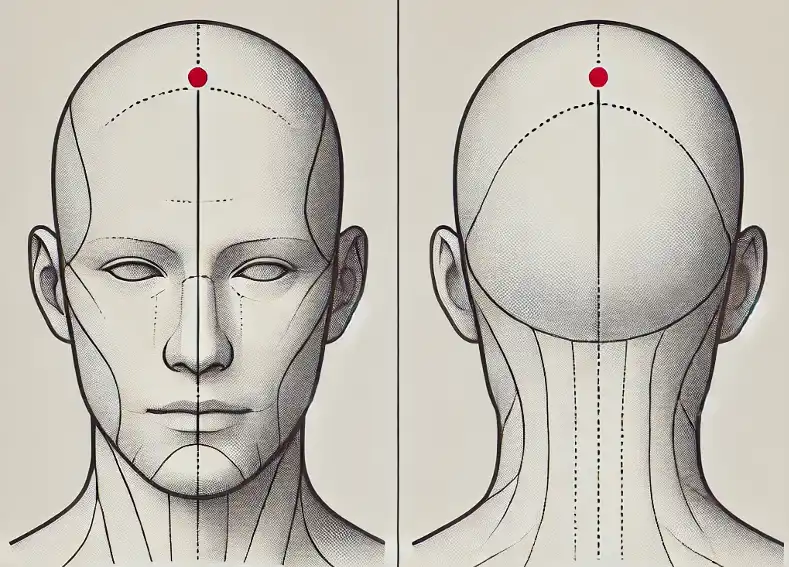
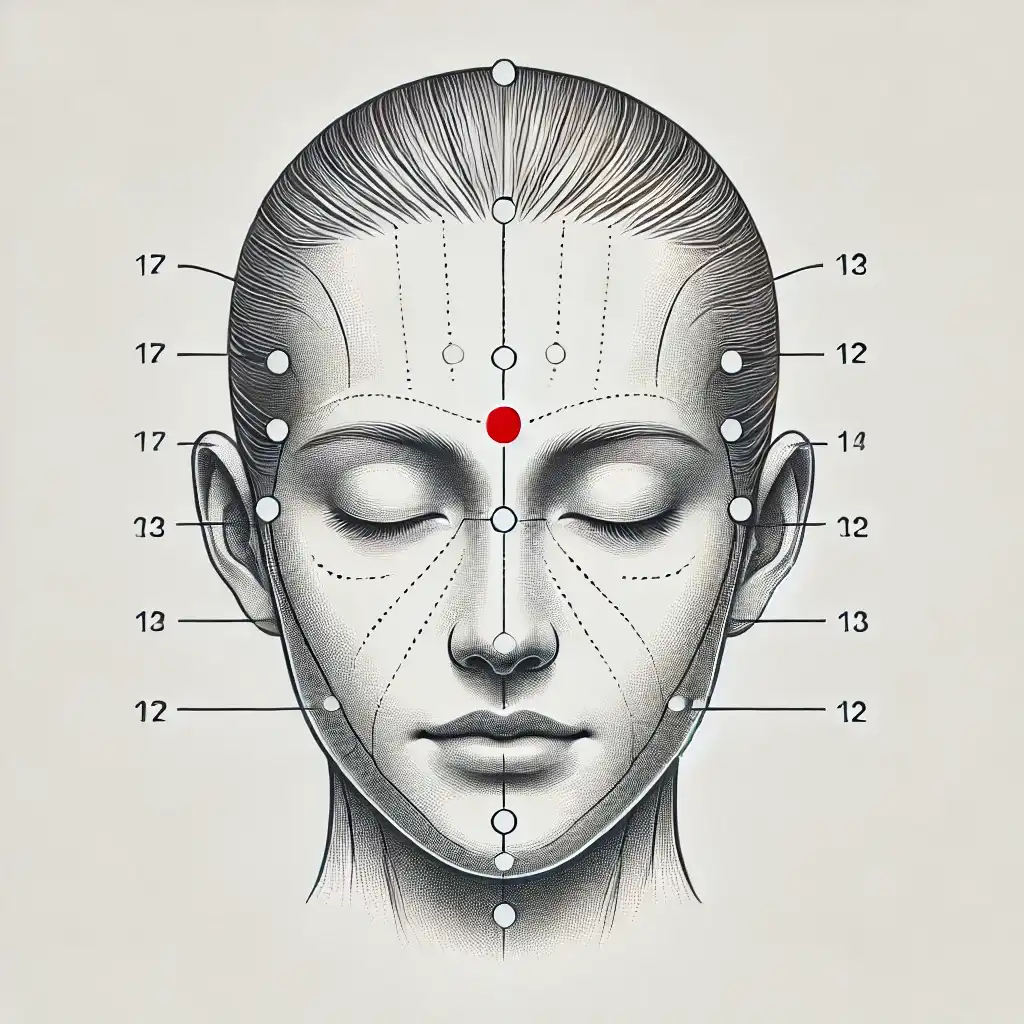
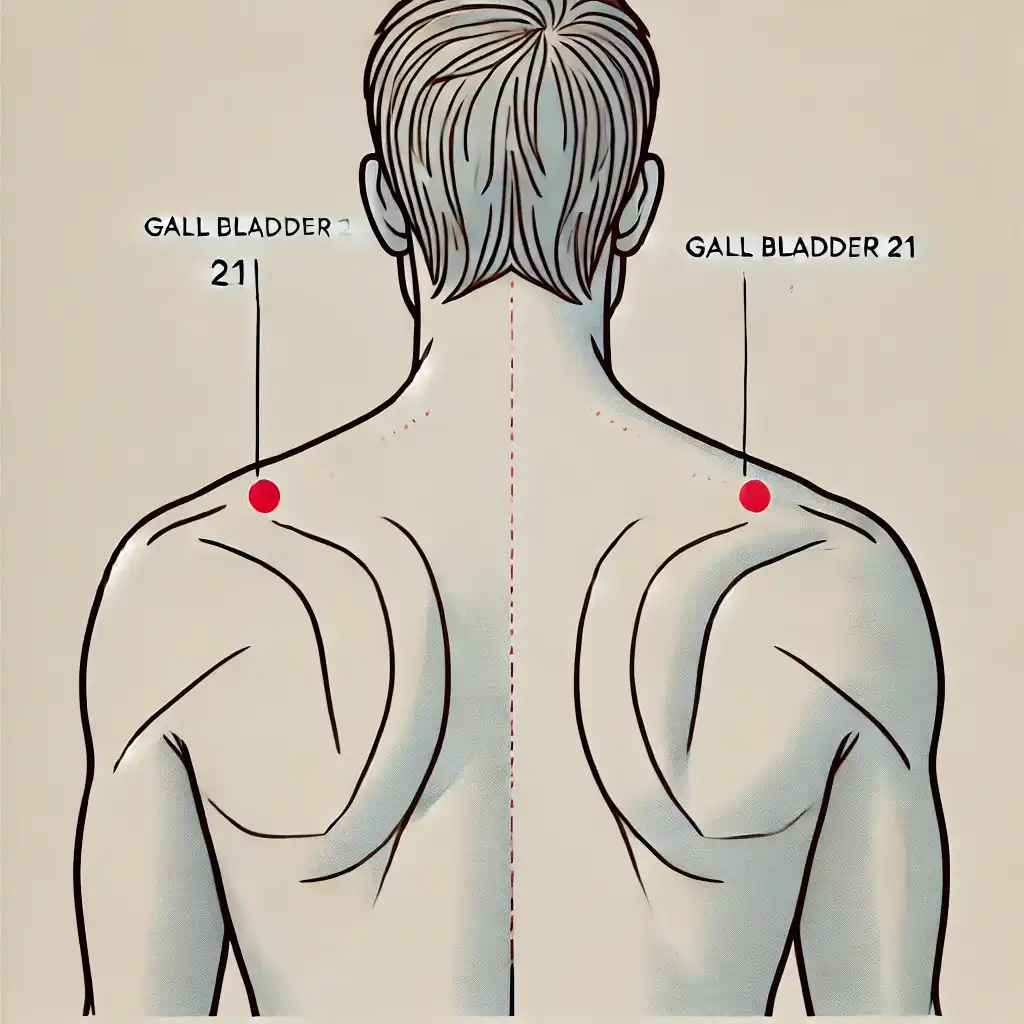
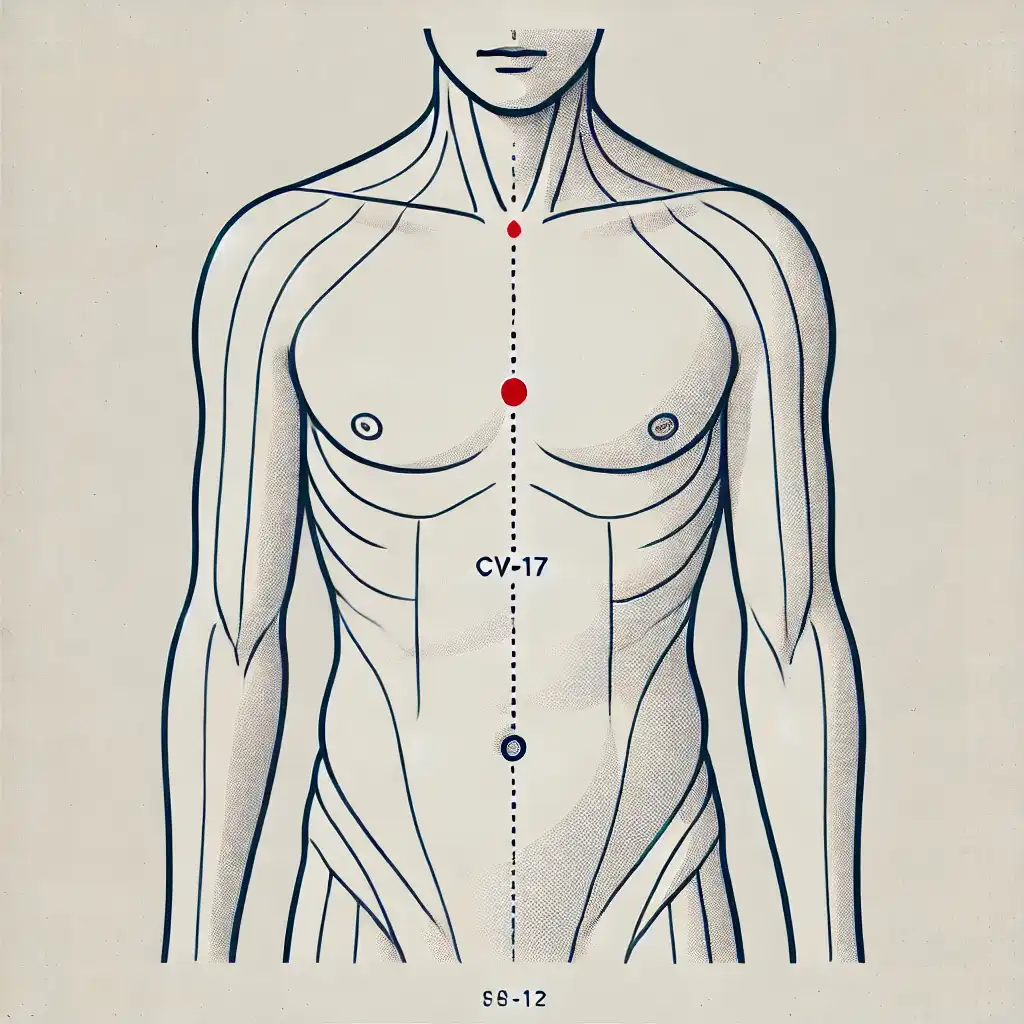
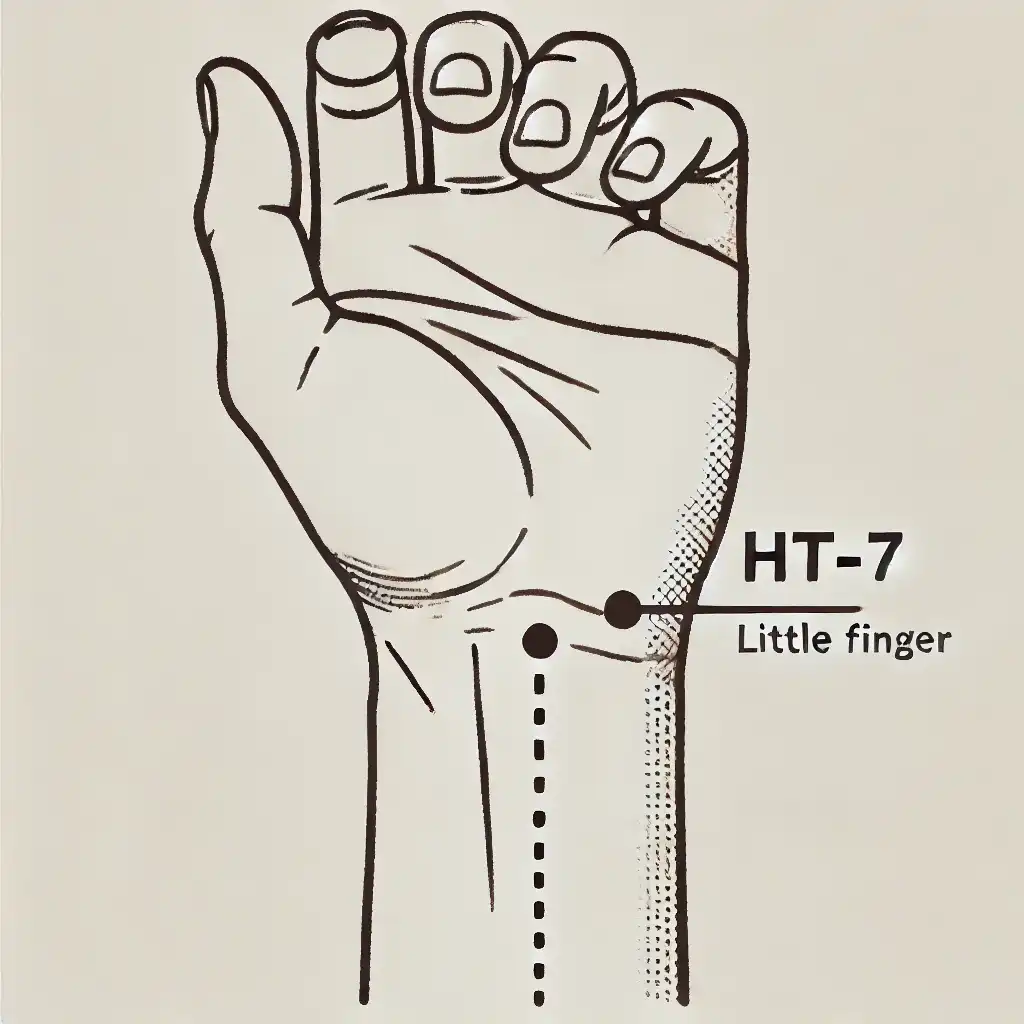
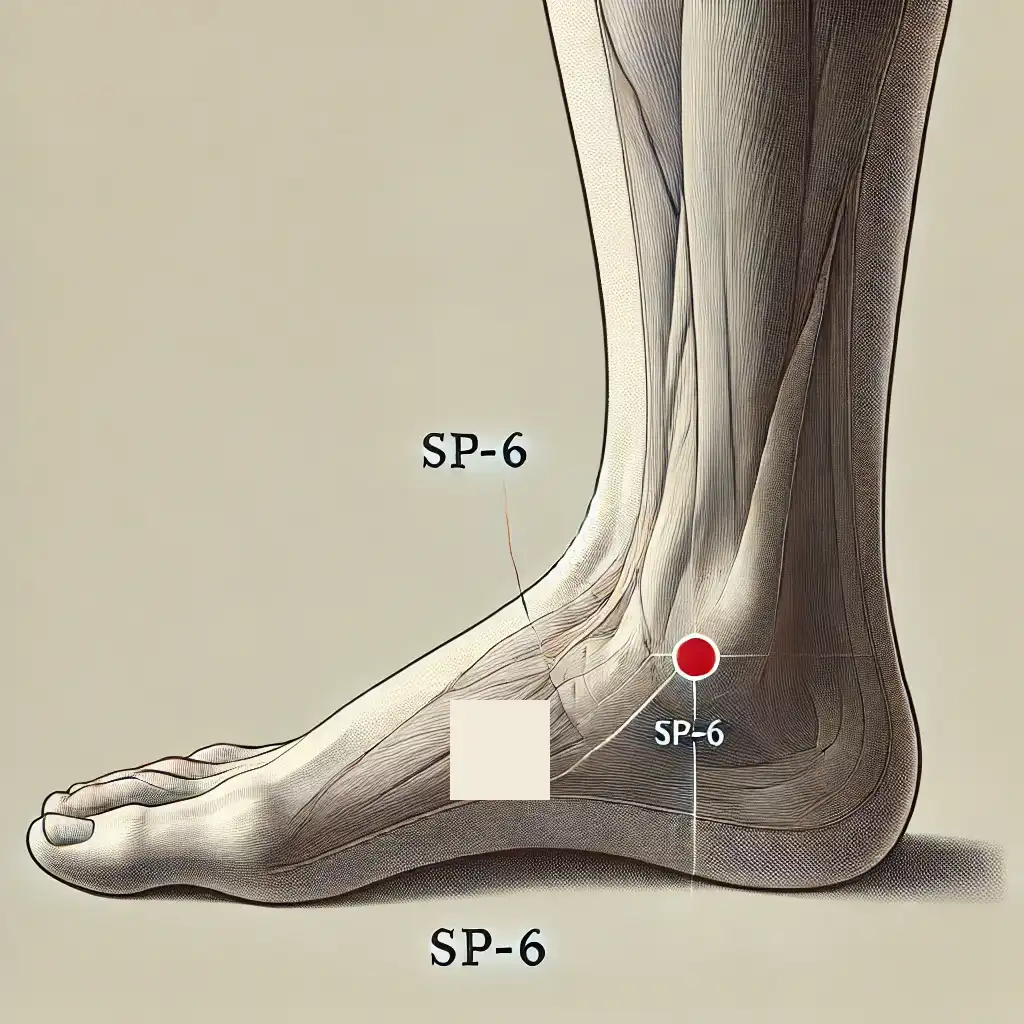
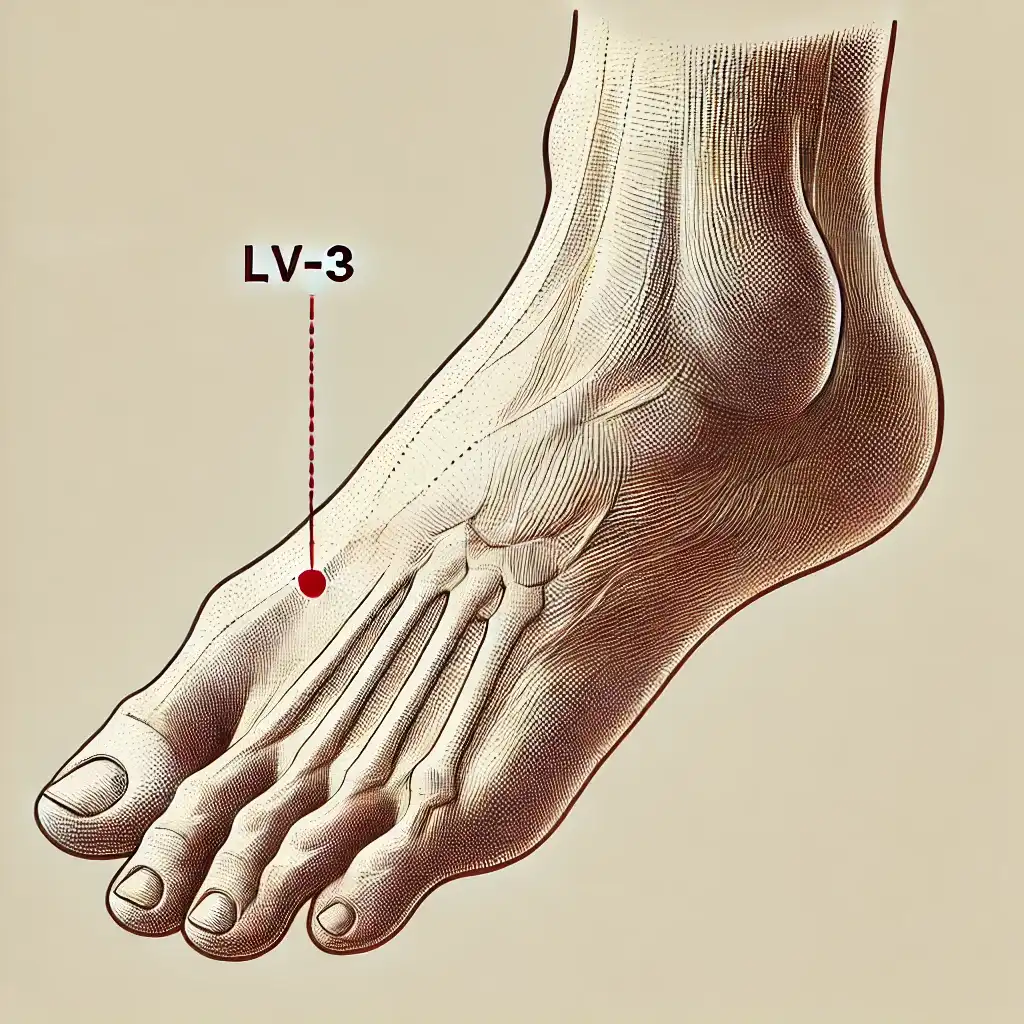
Use relaxing essential oils like lavender, neroli, clary sage, sandalwood, bergamot, or vetiver to enhance your acupressure session.
When locating points, feel for a tender spot or a place where your finger seems to dip slightly. Most acupuncture points are noticeable once you find them.
To maintain calm and balance, it is advisable to incorporate these acupressure techniques into your daily routine.
At Aston Clinic London, our acupuncturists provide personalised treatments to help manage stress and anxiety effectively. By utilising both acupuncture and acupressure techniques, we can tailor a plan that suits your specific needs, enhancing your overall well-being.
To book a session with to book a session with one of our acupuncturists, click here. Alternatively, you can contact us at 020 8942 3148 to learn how our treatments can benefit you.
Aston Clinic London is a third-generation complementary health clinic located in New Malden, serving Kingston, Norbiton, Wimbledon, Raynes Park, Surbiton, Chessington, Worcester Park, Sutton, Richmond, and other areas of southwest London and Surrey.
By Laurie Melrose-Doering, Osteopath, Medical Herbalist & Applied Kinesiologist
We use cookies to improve your experience and understand how our site is used. With your consent, we may process data such as browsing behaviour or unique IDs. You can withdraw or change your consent at any time. Without consent, some features may not work as intended.